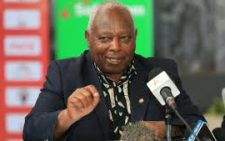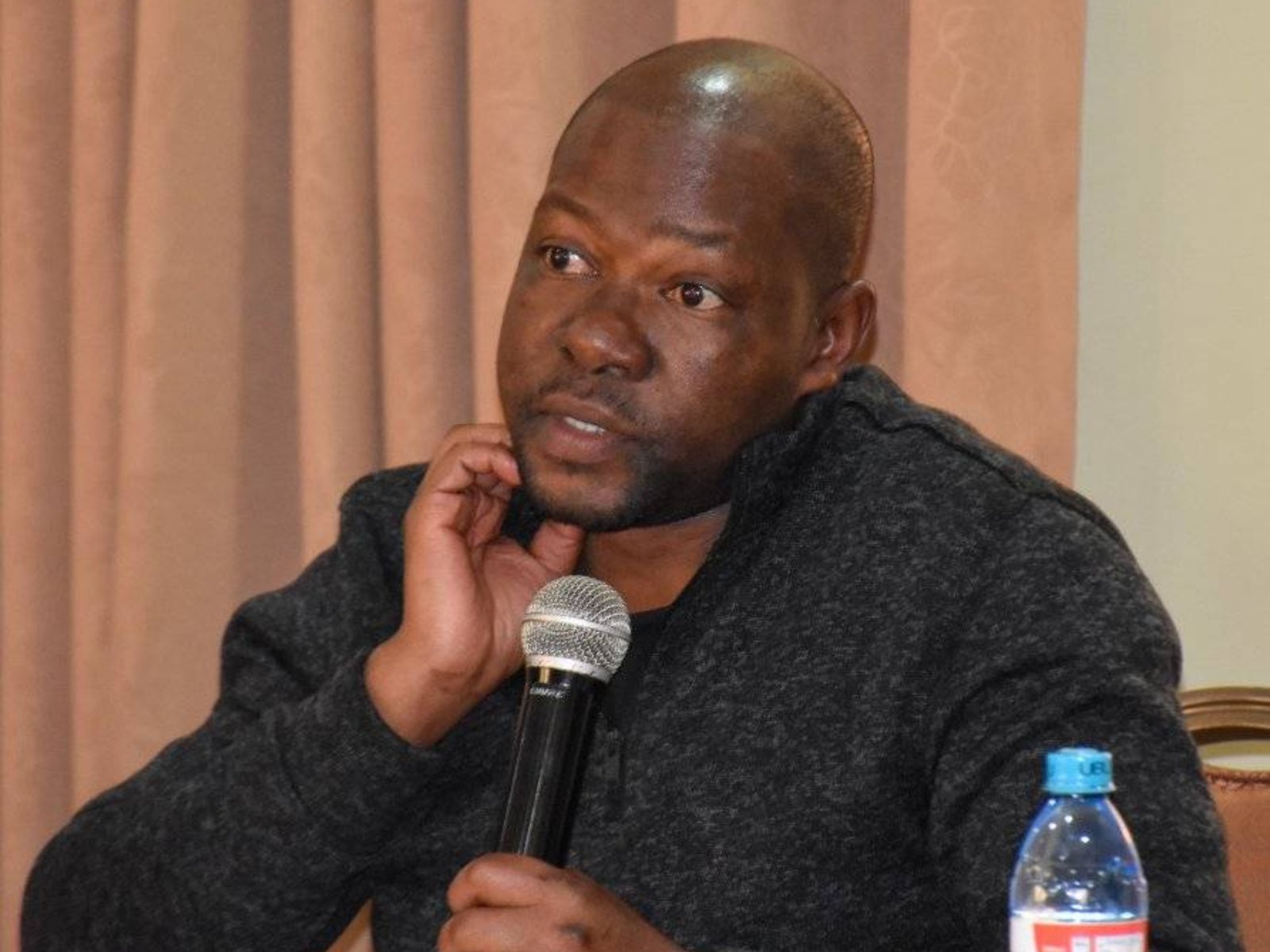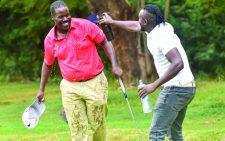Next generation of Kenyan athletes enlightened on dangers of doping

The Anti-Doping Agency of Kenya (ADAK) has intensified sensitisation campaigns across the country in a bid to fight doping in sports.
The agency is upbeat that this move or strategy will stamp out the menace in sports going forward, stating that doping has become a serious issue threatening the development of sports, not only in Kenya but around the world.
Head of Education and Research at ADAK Dr Martin Yauman revealed that agency officials are currently visiting sports camps, especially athletic ones, and some schools with a view to sensitising upcoming sportspeople on the dangers of performance-enhancing substances.
Speaking at Litein and Kericho hotels during the sensitisation meeting, Yauma explained that young sports talents and upcoming sportspeople should understand doping and its dangers in the sector.
“We are moving with speed to sensitise everyone who has an interest in sports, especially the upcoming ones, to know the dangers of doping, both in their sports careers and even on their health. So, we are equal to the task to ensure the menace is stamped out completely,” he assured the public.
He disclosed that by the close of business over the weekend, the ADAK team would have sensitised over 600 athletes in Kericho County on the doping menace. Those who participated in the meetings were athletes from Litein, Tulwet, Kiptere, Lemotit, Kalyet, and students from some schools in the county.
“The government is doing this because we want to standardise sports practice, not only in Kenya but across the world. We want fair competitions where sportspeople compete and win cleanly across the world. We want to ensure we present a clean team to any international competition,” Yauma added.
He said doping has become a major concern in the country because the cases of doping continue to rise to an extent that Kenya has been placed in category A by the Integrity Unit, a move that could lead to the country being banned from participating in major world competitions.
The participants were taken through substances or drugs they should take or avoid, or even seek advice from medical doctors whenever they fall sick, lest they unknowingly fall into doping and subsequently face bans from competitions.















